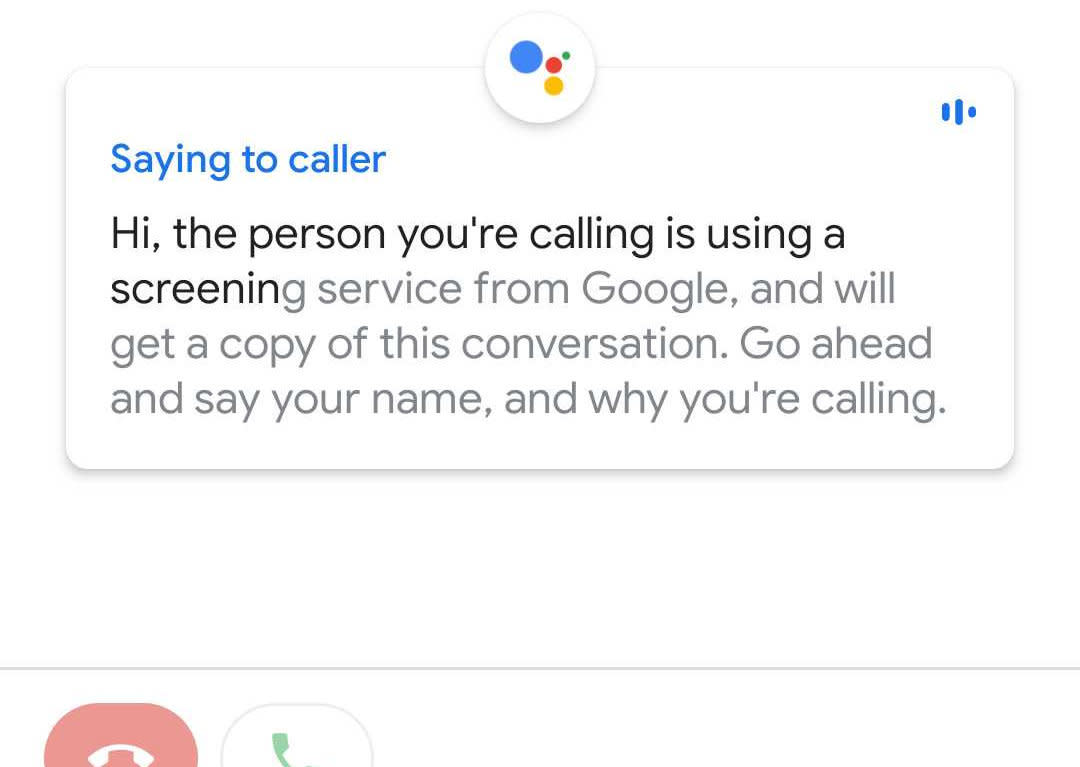The most satisfying robocall defense? Your own robot.

Many apps are available to fight unwanted robocall spam, including: Hiya, Nomorobo, YouMail, and others that you can buy and install.
At the same time, major phone providers like AT&T, T-Mobile, and Verizon are offering network-based fixes that don’t require the user to do much of anything.
For now at least, these measures help, but do not solve everything. This year, robocalls are expected to account for about half of all calls made.
None of these systems yet have the ability to vanquish the insidious caller ID faking, known as “spoofing,” as the technology that is coming does. When it’s ready for primetime, the caller ID authentication technology called STIR/SHAKEN is expected to make the difference most people have been long awaiting (including AT&T CEO Randall Stephenson.)
All of these apps do help alleviate the symptoms, but in my own experiences covering robocalls and telecommunications, none of them provide any satisfaction that is typically associated with dealing with spam.
But one does: the Google Pixel Call Screen.
You can’t slam down a smartphone (R.I.P. flip phones and landlines). And you can’t expect to make a robot sweat by answering the phone, “New York Police Department, how may I help you,” or handing it to your kid.
But the call screening feature does allow you to send a robot of your own to do battle with the robocall’s robot, which might provide some bit of satisfaction.
For the past few months I’ve been regularly hitting the Call Screen button when I’ve seen an anonymous number pop up. When I hit the button, my phone tells the caller that it is a virtual assistant and to please identify itself and state its business.
Often, they will simply hang up because they themselves got a robo-answerer, but sometimes they will try to talk to my robot. From there, I can hang up if I am in a hurry, or I can hit another button that asks them to repeat who they are and what they want, which the robot is of course very bad at. During the whole experience, the robot — or person’s words are transcribed on my screen for me to see.
For now, this feature is only available on the Android operating system if you use a Google Pixel phone. “Nothing to share right now in terms of rolling out beyond Pixel,” the company told me.
There are, however, other apps that also send a robot to do battle on your behalf. RoboKiller costs $4 per month and essentially is a copy of the “hello?” voicemails that annoying people sometimes have. Jolly Roger Telephone is a similar service that costs $0.99 per month that pulls similar tricks.
But this may be my favorite use for a virtual assistant that I’ve found so far, so perhaps we’ll see more of it. And if today’s virtual assistants like Siri and Alexa are going so far as to help handle our health care stuff, maybe they can answer the phone for us as well.
-
Ethan Wolff-Mann is a writer at Yahoo Finance focusing on consumer issues, personal finance, retail, airlines, and more. Follow him on Twitter @ewolffmann.
AT&T CEO interrupted by a robocall on stage during a live interview

